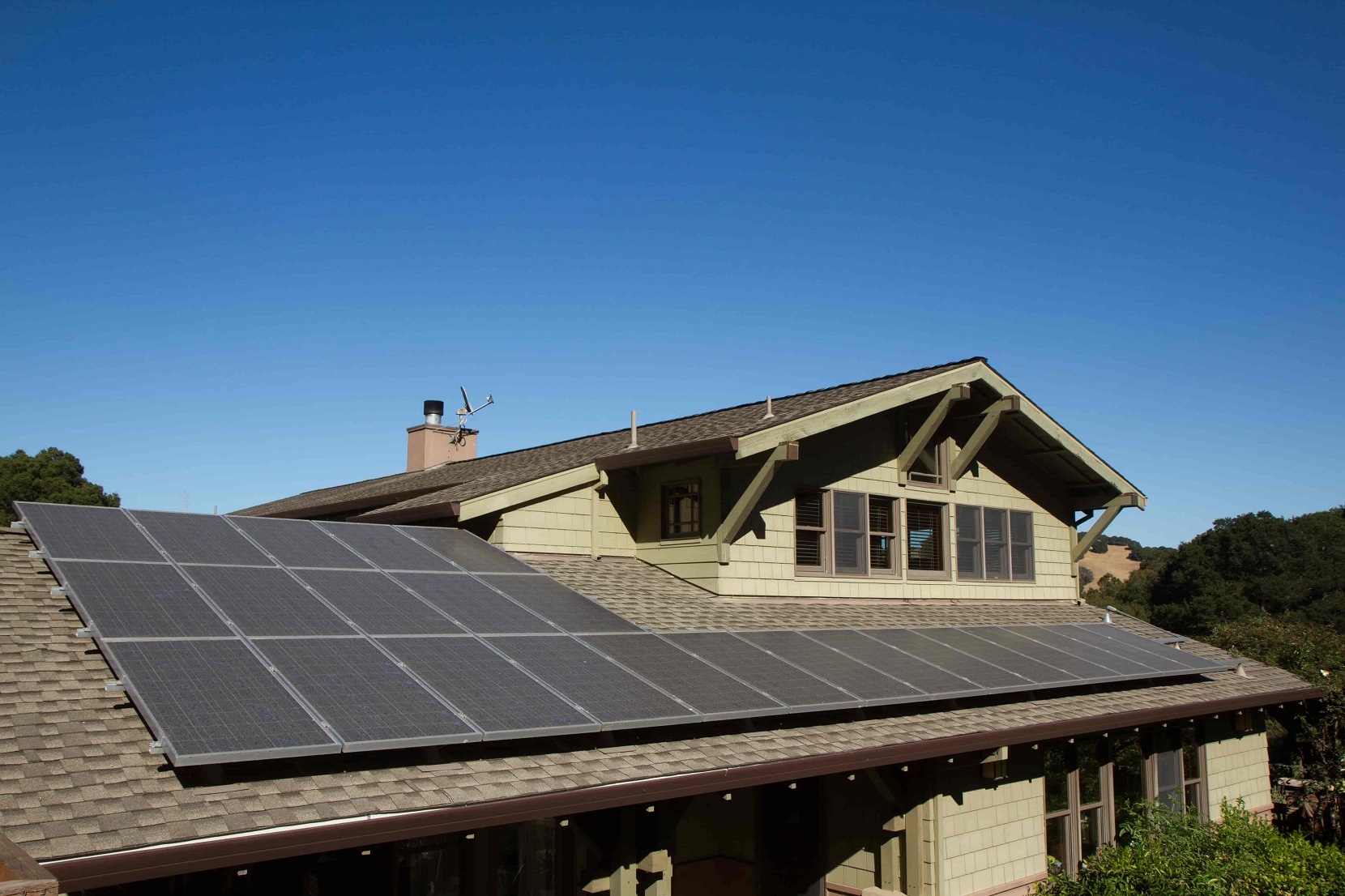When planning your Vancouver or Portland area custom home project, there is a lot more to consider beyond just picking out paint colors, flooring and drapes.
Technological advances in construction products and materials have made it possible to build environmentally friendly homes. Custom home builders are now able to use Energy Star smart appliances, energy-efficient materials and sustainable products when building your dream home.
4 Construction Techniques For Energy-Efficient Homes
Here are four energy-efficient residential construction techniques that not only add value to your home but are better for the environment, too.
Cool Roof
The first thing you might want to ask your custom home builder about is a cool roof. These roofs can help to protect your home against solar heat gain. So, they will keep the upper levels of your home cool during those hot summer months.
Conventional asphalt shingles have a high thermal mass. They quickly absorb the sun’s heat, which causes the inside of your home to heat up too. In contrast, a cool roof is made up of low thermal mass materials, like ceramic or clay shingles. These cooler roofing materials have a reflective coating so they don’t heat up.
While a cool roof is a great solution, there are also other eco-friendly alternatives that you could consider if your home has a flat rooftop.
For example, you could invest in a green roof, which is made up of turf cover. Basically, you place a layer of soil and plants on your roof to keep the house cool and absorb stormwater. A green roof is a perfect solution if you have limited space, but want to add some more greenery to your home.
Energy-Efficient Lighting
A lot of Vancouver area custom homes feature eco-friendly lighting bulbs. If you would like to minimize energy usage when it comes to lighting, then this is an important feature to consider when building your home.
While it is best to talk to your contractor about your options, we have found that LED lights are the perfect fit. These light bulbs are more energy-efficient than CFLs and they also last longer. So they’re more of an investment for your home. Plus, they also contain no mercury – making them super safe!
LED lights are perfect for meeting a variety of lighting needs, no matter your preference. However, you will want to place these lights strategically so that you can still utilize as much natural light as possible. By doing this, you can drastically reduce the energy usage of your home!
Efficient home heating system
Most Vancouver area custom homes plans include energy-efficient heating and cooling systems. A home’s heating system can be responsible for up to 48% of that home’s energy usage. How your home is constructed will determine how affordable or expensive it is to heat up or cool down.
What it all boils down to is insulation. You want to make sure that your builder constructs your house with materials that result in top-notch insulation. For instance, you can control window and door heat loss by selecting the appropriate window and door products and optimizing their size and orientation. In addition to that, you can also look into using a hydronic heating system or heat pumps.
A hydronic heating system is available in two main variants: underfloor heating systems and a radiator. Most of them boast an efficiency ratings of up to 95%. However, you can also inquire about solar-powered solutions.
Using Thermal Mass Materials
Ask your Clark County custom home builder what thermal mass materials will work best for your home. These materials aren’t only used in roofing products but in slab foundations and walls as well.
Thermal mass materials have the ability to absorb and store heat or to reflect it. So, they’re ideal to use when trying to build an energy-efficient home!
Increased thermal mass in your home will help to stabilize temperature shifts by slowing the heat transfer rate. This way, the walls and floors of your home will remain cool during the day. The entire interior will maintain a pleasant temperature for you to enjoy. At night, the concrete walls and floors will slowly spread the absorbed heat energy throughout your home. As a result, you will need less heating.
Materials high in thermal mass include stone, water, brick, and concrete. Wood, steel, and carpeting are considered low thermal mass materials. So, your builder should use them sparingly or not at all when designing your energy-efficient home.
Final Thoughts
If you are passionate about building your dream home without leaving a big carbon footprint behind, then remember to talk to your nearest Clark County custom home builder about all these construction techniques.
By implementing just a few energy-efficient residential construction techniques, you will already be well on your way to designing an energy-efficient home. Not only will this benefit the environment, but it will also minimize your monthly electricity bill!


